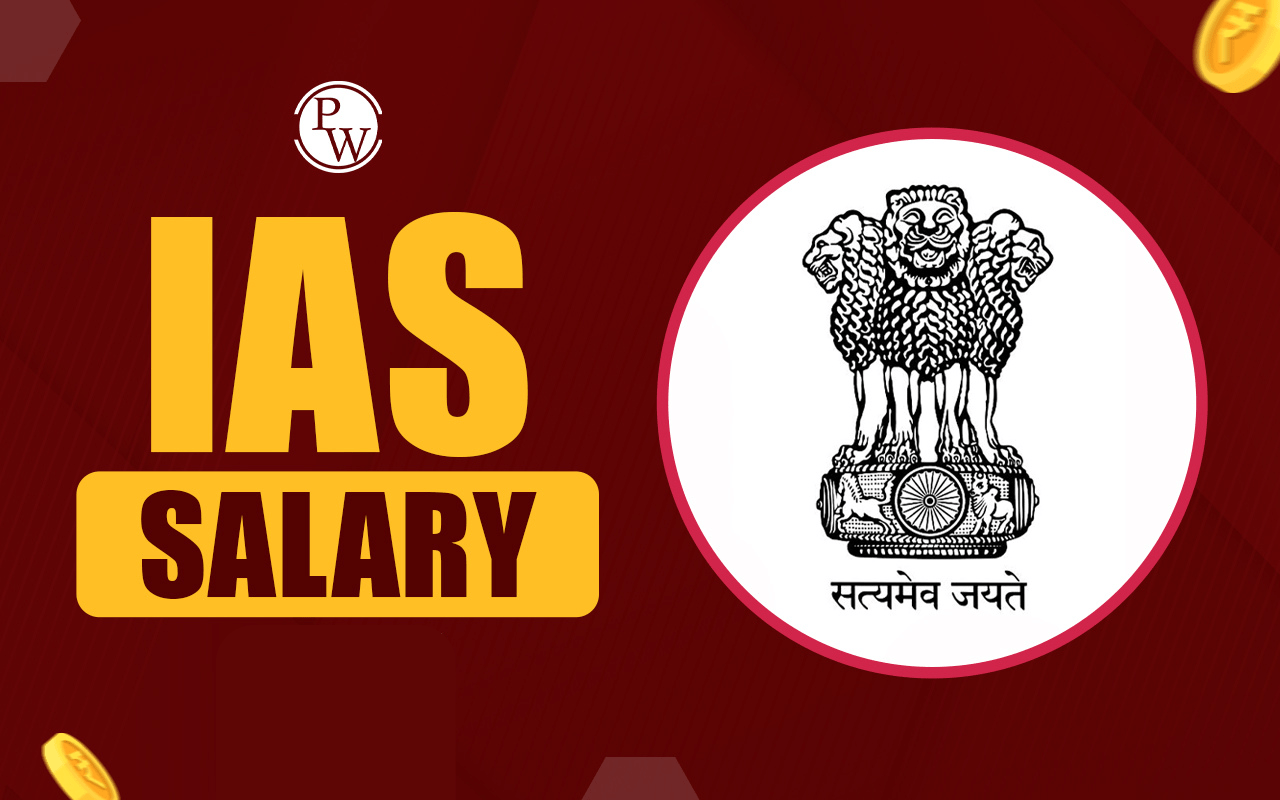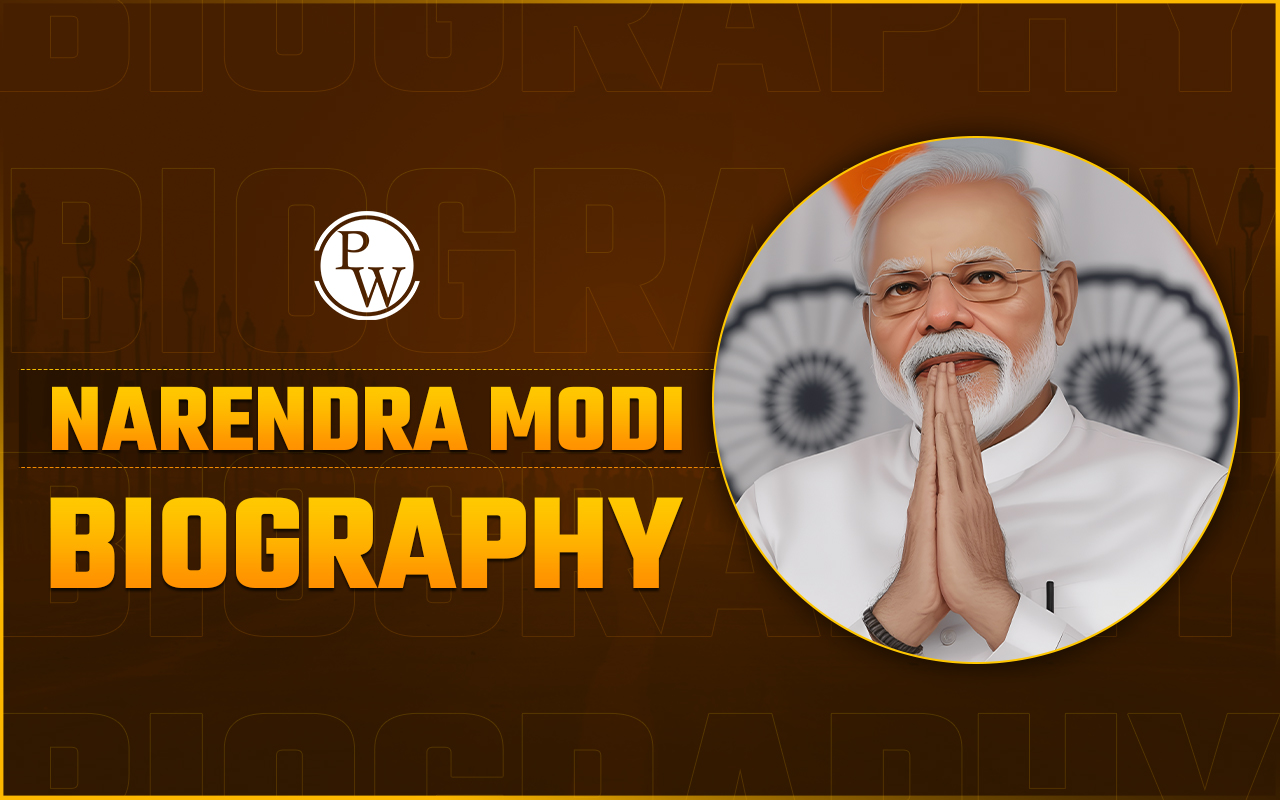
Sikkim Statehood Day 2025, on May 16, 2025, marks the 50th anniversary of Sikkim’s statehood. On this day, students, institutions, and government bodies will organise programmes that highlight the state's achievements in fields such as education, environment, tourism, and governance. Sikkim Statehood Day 2025 will acknowledge the growing recognition of Sikkim’s contributions to India’s development!
50th Anniversary of Sikkim’s Statehood
On May 16, 2025, Sikkim marks the 50th anniversary of its integration as the 22nd state of the Indian Union. This golden jubilee is a moment of historical significance that celebrates five decades of Sikkim’s democratic journey and its integration into India after a long period as a monarchy.
Prime Minister Narendra Modi, in his message on Statehood Day 2025, praised Sikkim's natural beauty, rich cultural heritage, and the hard work of its people.
Sikkim Statehood Day 2025
Sikkim Statehood Day is observed every year on May 16 to commemorate the day Sikkim officially became a full-fledged state of India in 1975. In 2025, the state celebrates the golden jubilee of this historic event. This occasion not only reminds citizens of the political transition but also acknowledges the socio-cultural evolution Sikkim has undergone since becoming part of the Indian Union.
| Sikkim Statehood Day 2025 | |
| Date | May 16, 2025 |
| Occasion | 50th Anniversary (Golden Jubilee) of Sikkim’s Statehood |
| Significance | Marks Sikkim’s integration as the 22nd state of India. |
| Historical Background | Sikkim was a monarchy under the Namgyal dynasty until 1975. The 1975 referendum saw over 97% vote to join India, abolishing the monarchy. |
| Major Celebrations | Official functions, flag hoisting, paradeSpeeches by Chief Minister, Governor, dignitariesCultural programs: folk dances, music, showcasing Sikkim’s ethnic diversity. |
| Special 2025 Initiatives | Drone show, Heritage walks, street food festivals, cycling and bike rallies, Launch of "Sikkim at 50" coffee table book, etc. |
| Cultural Highlights | Traditional dances (e.g., Singhi Chham), Sikkimese cuisine, Buddhist heritage, local festivals. |
| State Achievements | Declared India’s first fully organic state (2016), National awards for governance and environmental initiatives |
History of Sikkim Statehood Day
The journey to Sikkim’s statehood was marked by important political events. For many years, Sikkim functioned as a protectorate of India, retaining its monarchy while India managed its defence and foreign affairs. However, by the early 1970s, there was increasing demand from the people of Sikkim to join India as a state.
In April 1975, a referendum was held in which the majority of Sikkimese citizens voted to abolish the monarchy and join the Indian Union. Subsequently, the 36th Amendment to the Indian Constitution was passed by the Parliament. This amendment formally made Sikkim the 22nd state of India on May 16, 1975.
This transformation symbolised the end of monarchy and the beginning of democratic governance in the region, aligning Sikkim’s future with the democratic framework of India.
Sikkim's History
Sikkim’s historical roots go back several centuries. The region was originally inhabited by the Lepcha community, followed by the migration of Bhutias from Tibet. In 1642, Phuntsog Namgyal became the first Chogyal (king) of Sikkim, marking the start of the Namgyal dynasty, which ruled for over three centuries.
Sikkim's political landscape underwent major changes during the British era. In 1861, it became a British protectorate, and post-independence, India continued this relationship. However, dissatisfaction with monarchical rule grew over time. This ultimately led to the 1975 referendum and Sikkim’s inclusion in the Indian Union.
About Sikkim: The Income Tax Free State
Sikkim is India’s 22nd state, located in the northeastern part of India. Bordered by Tibet to the north and northeast, Bhutan to the east, Nepal to the west, and West Bengal to the south, it is one of the most culturally rich regions.
Map Credit: https://sikkimtourism.gov.in/
Sikkim is India’s only state where local residents are exempt from paying income tax. This special status is due to Article 371(F) of the Constitution and Section 10(26AAA) of the Income Tax Act. The exemption applies only to individuals who were Sikkim subjects before 1975 and their descendants. It does not apply to others residing in the state.
Read More Here ‘Sikkim No Income Tax System Explained’
Here are some more key facts about this state:
| About Sikkim | |
| Area | 7,096 sq. km (2,740 sq. miles) |
| Districts | 6 |
| Total Forest Cover | 47.34% |
| State Animal | Red Panda |
| State Bird | Blood Pheasant |
| State Flower | Dendrobium Nobile (Nobile Orchid) |
| State Tree | Rhododendron Niveum |
| Population (2011 Census) | 6,07,688 (approx. 6,10,577 mentioned) |
| Population Density | 86 persons per sq. km |
| Literacy Rate | 81.4% |
| Capital and Largest City | Gangtok |
| Geographical Location | Northeastern India, in the Eastern Himalayas |
| Borders With | China (Tibet), Bhutan, Nepal, West Bengal |
| Highest Peak | Kangchenjunga (Highest in India, 3rd highest in the world) |
| Ethnic Groups | Lepcha, Bhutia, Nepali |
| Protected Area | Khangchendzonga National Park (covers ~35% of the state) |
Sikkim Statehood Day 2025 Significance
The 50th anniversary of Sikkim’s statehood holds great importance. It serves as a reminder of the state’s peaceful transition into the Indian Union and the democratic values it embraced. Here is why Sikkim Statehood Day 2025 is significant:
-
Golden Jubilee: Marks the 50th anniversary of Sikkim becoming the 22nd state of India in 1975.
-
End of Monarchy: Commemorates the peaceful transition from a monarchical kingdom to a democratic Indian state.
-
Cultural Pride: Highlights Sikkim’s rich cultural heritage and unity among diverse ethnic communities.
-
Strategic Importance: Acknowledges Sikkim’s strategic location bordering China, Bhutan, and Nepal, making it crucial for national security.
-
Progress and Development: Reflects on five decades of economic, social, and environmental development, including its status as India's first organic state.
-
Symbol of Harmony: Reinforces Sikkim’s identity as a model of religious and cultural harmony.
Explore PW’s UPSC Courses to learn more about Indian states, constitutional amendments, and political history as part of your UPSC preparation. Stay ahead with guidance and structured learning!
Sikkim Statehood Day 2025 FAQs
Sikkim Statehood Day is celebrated on which day?
How will Sikkim Day 2025 be celebrated?
When did Sikkim become part of India?
What was the 36th Amendment of the Indian Constitution?
Before 1975, Sikkim was part of which country?

UPSC Coaching






